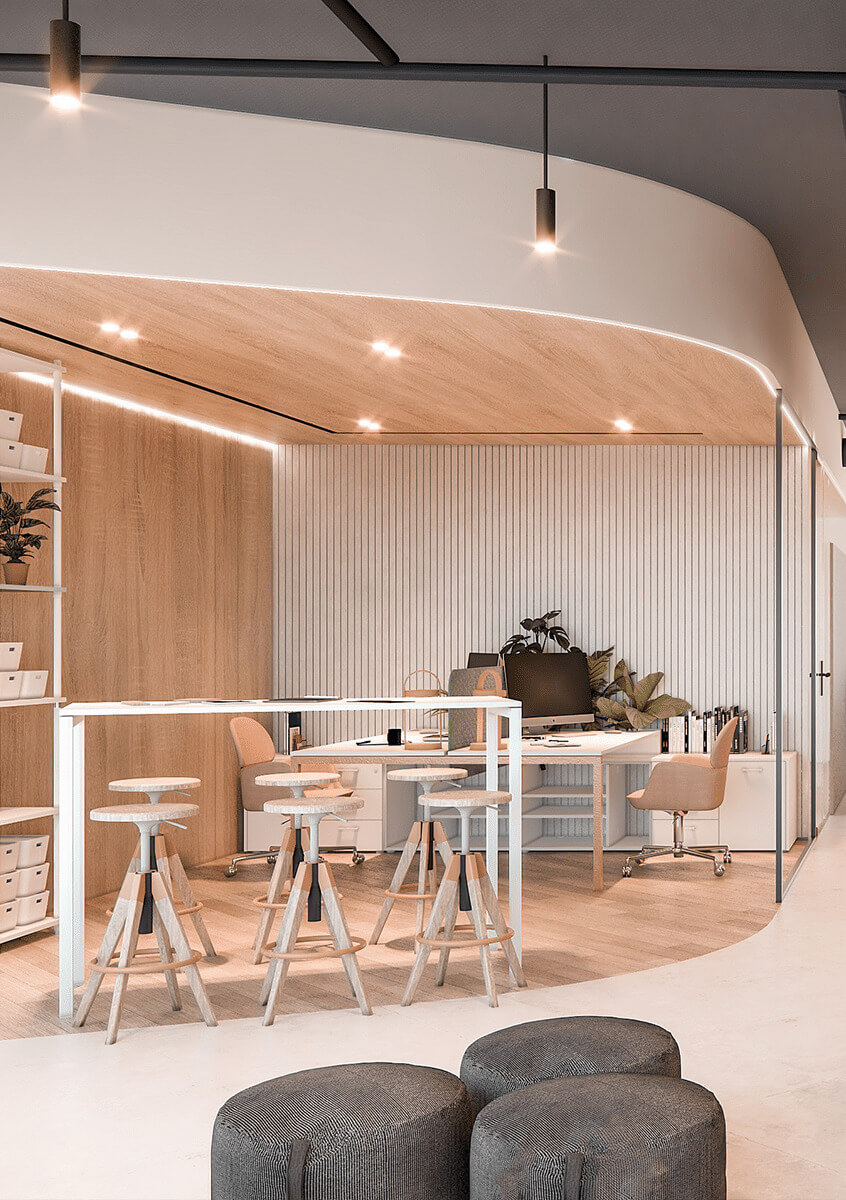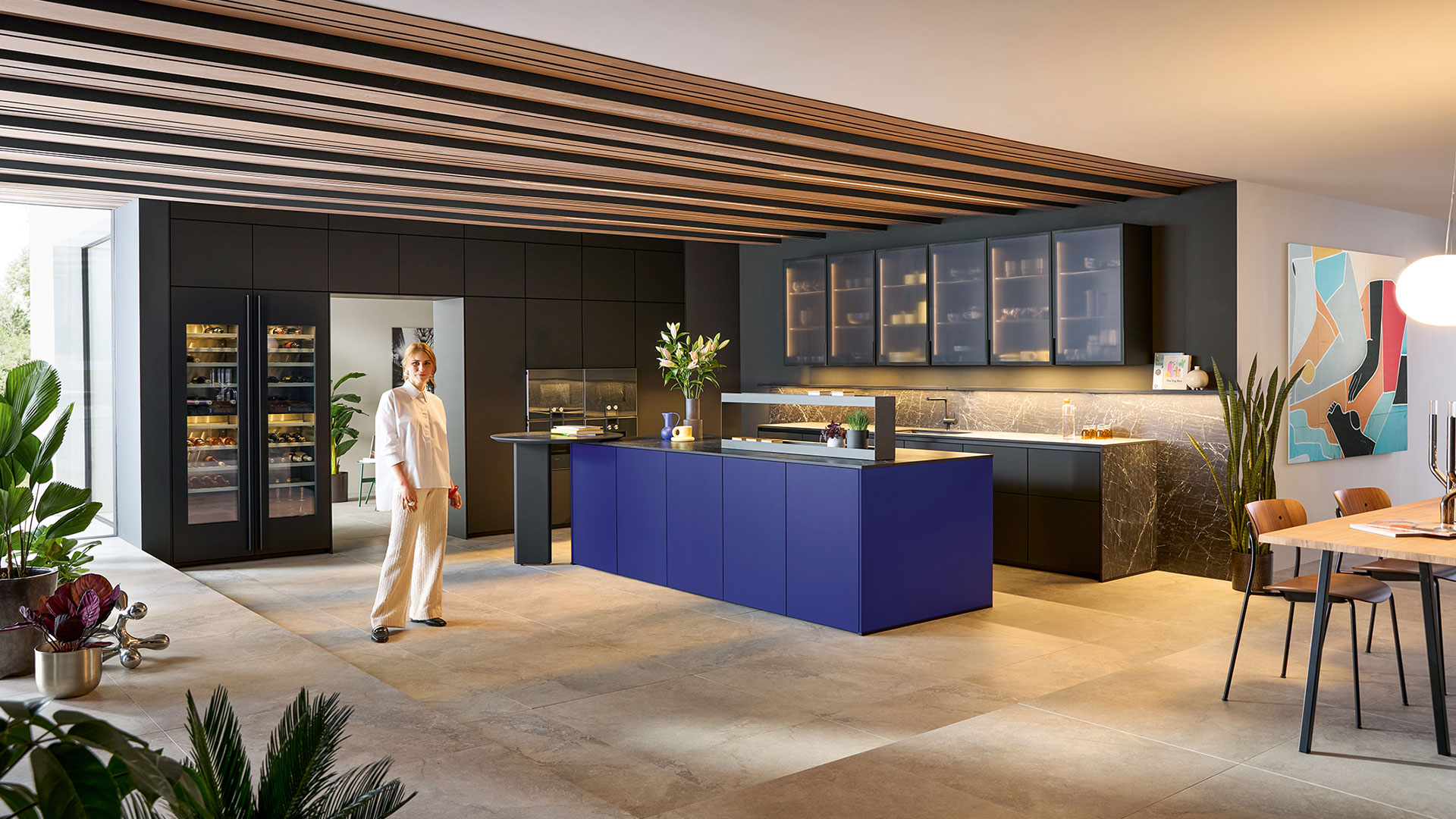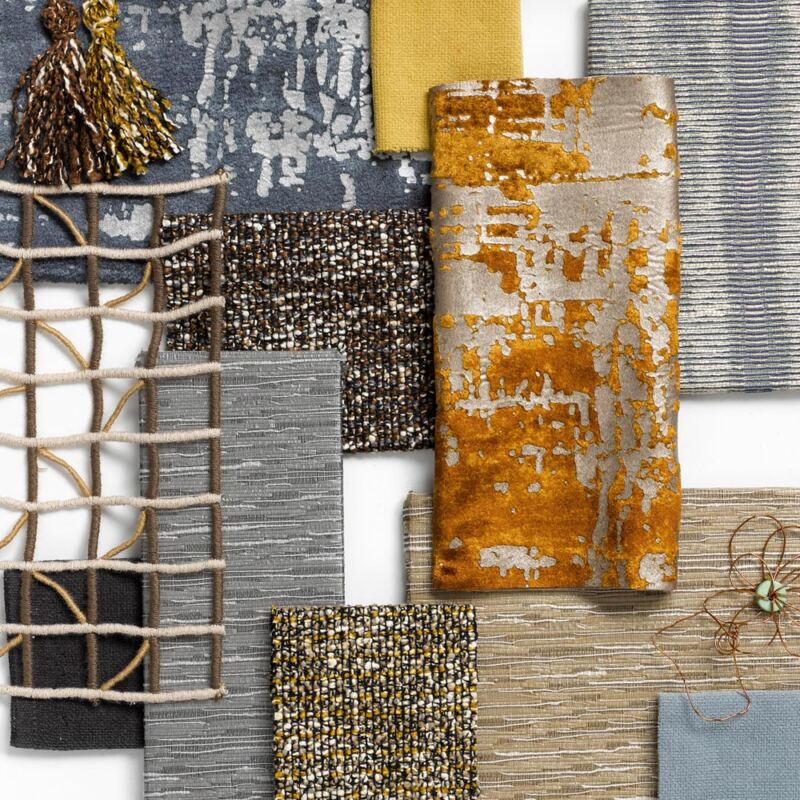When setting up or upgrading a healthcare facility in Dubai, one of the most significant expenses is hospital furniture. Brands like MillerKnoll Brand are popular for their quality and durability, but the overall cost of furnishing a hospital goes beyond just selecting premium furniture. A variety of factors impact the pricing, including material quality, functionality, and the specific needs of the hospital. Understanding these cost components is essential for making informed decisions while ensuring the facility is well-equipped to provide quality patient care.
Type of furniture:
Hospital furniture encompasses a wide range of pieces, including beds, chairs, examination tables, medical carts, and waiting area seating. Each type of furniture comes with its own price range based on its complexity and functionality. For example:
Hospital beds: Prices for hospital beds vary significantly, depending on whether they are manual, semi-electric, or fully electric. A basic manual bed could cost around AED 1,500–3,000, while a fully electric bed with advanced features such as multi-positioning and built-in monitors may cost between AED 5,000–15,000.
Patient recliners: These chairs are typically priced between AED 1,000 and AED 3,500, depending on features like adjustability and comfort.
Examination tables: Basic models range from AED 1,000 to AED 4,000, while those with more advanced features can go higher.
Medical carts: These can range from AED 800 to AED 4,000 depending on the type (e.g., medication carts, crash carts) and the materials used.
Material and build quality:
The material used in hospital furniture plays an important role in determining its cost. High-quality materials, such as stainless steel, aluminium, or medical-grade plastics, ensure durability, ease of cleaning, and compliance with hygiene standards. For instance:
Stainless steel furniture is more expensive but durable, rust-resistant, and easy to disinfect, making it ideal for medical settings.
Medical-grade vinyl used for upholstered furniture like chairs and patient recliners tends to cost more due to its antimicrobial properties and ease of maintenance. The cost difference between budget materials and premium ones can increase prices by 20–50%.
Customization and special features:
Customized hospital furniture tailored to specific medical needs or design preferences typically comes at a higher cost. Features such as built-in storage, adjustable height, and electronic controls for hospital beds or chairs can significantly add to the price. Advanced hospital furniture with specialized features like bariatric beds, reclining chairs for dialysis, or carts with electronic locking mechanisms can cost considerably more than standard models.











